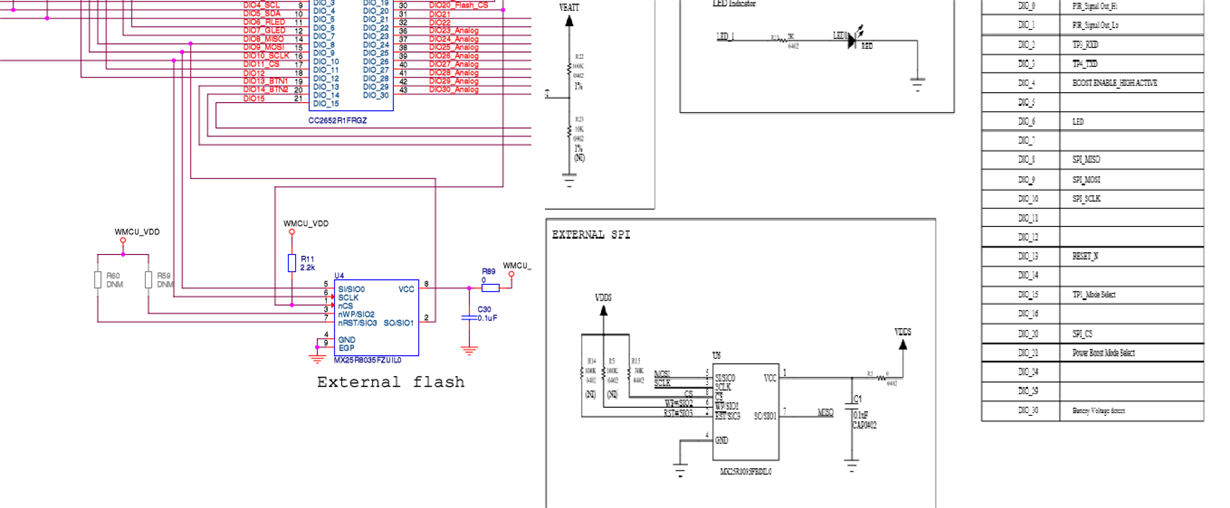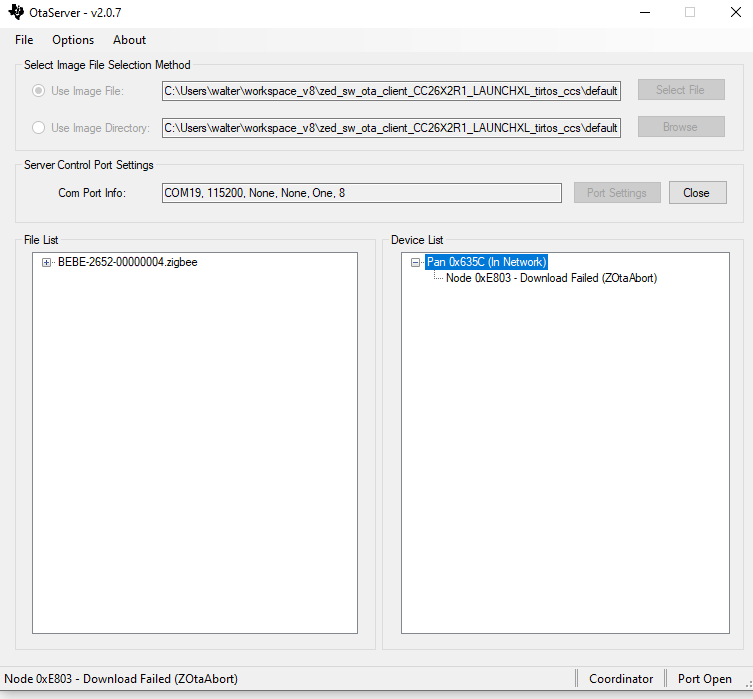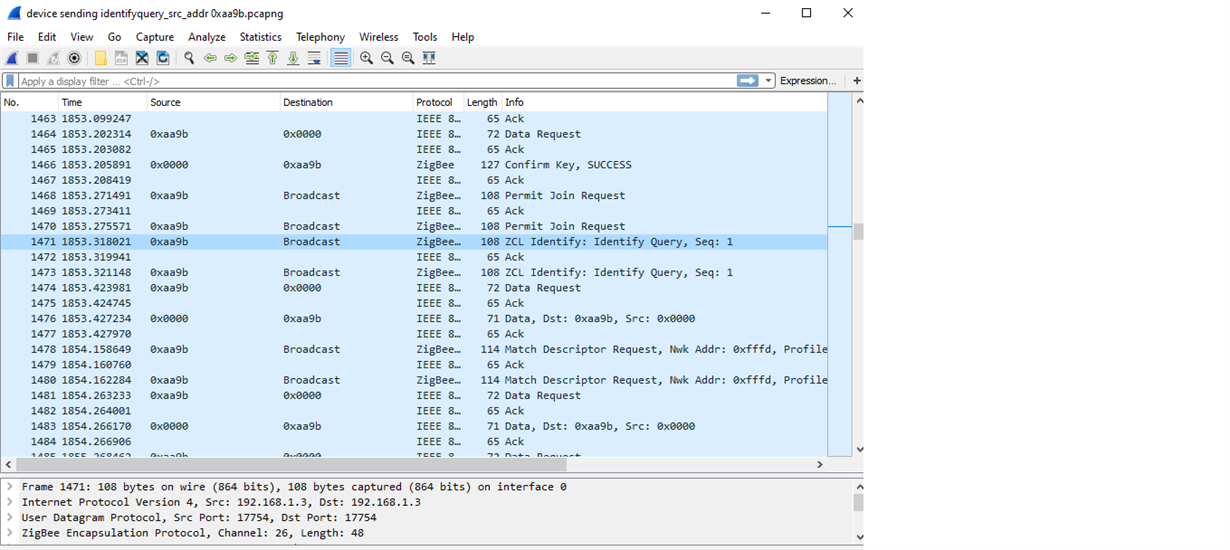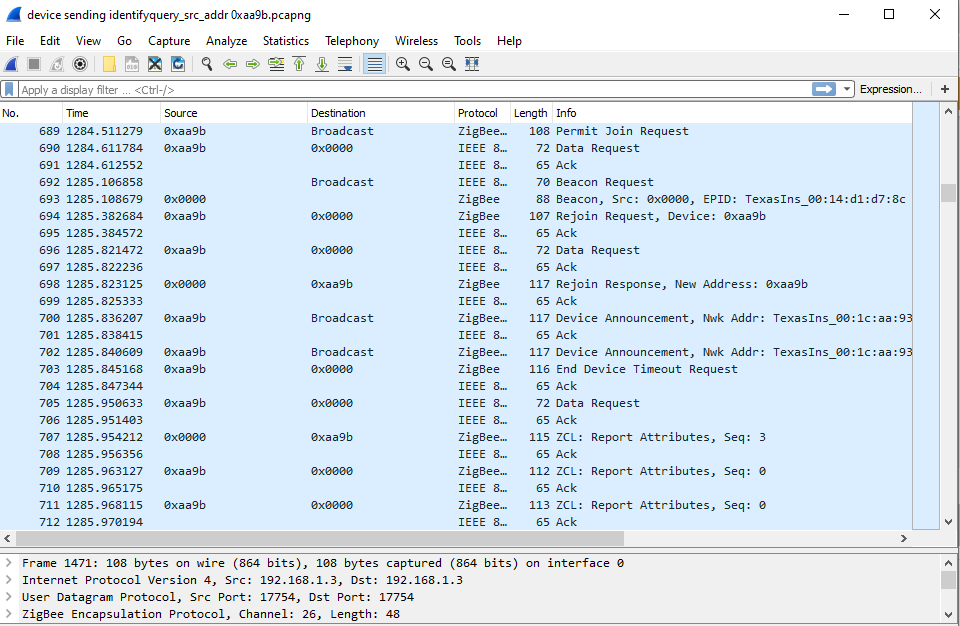Other Parts Discussed in Thread: SIMPLELINK-CC13X2-26X2-SDK, LAUNCHXL-CC26X2R1, UNIFLASH, , Z-STACK, CC2538
Hi TI Team,
When I use coordinator zc_ota_server (original code SDK 3.10)and zed ota swith (original code in SDK 3.10) with both development boards everything can work perfectly.
And, I just follow the instruction: http://dev.ti.com/tirex/content/simplelink_cc13x2_26x2_sdk_3_10_01_11/docs/zigbee/html/zigbee/ota_upgrade.html#building-and-downloading-target-applications
When I use zed ota swith (original code in SDK 3.10) with custom board OTA says abort and can load only 0.6%.
The only change in flash is we were using the MX25R8035FBDIL0 in custom board instead of MX25R8035FZUIL0 in dev board.
Regards,
Walter







